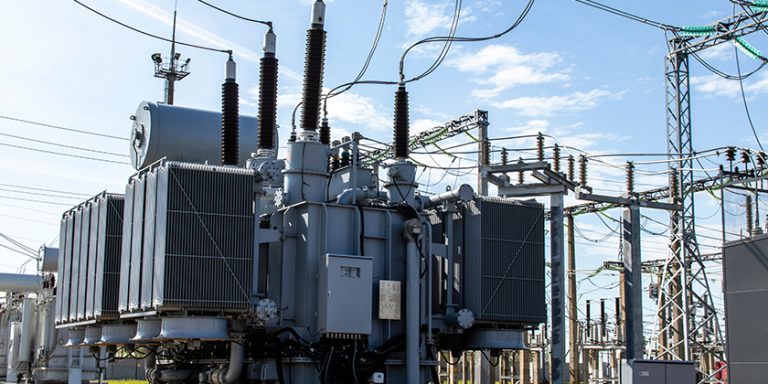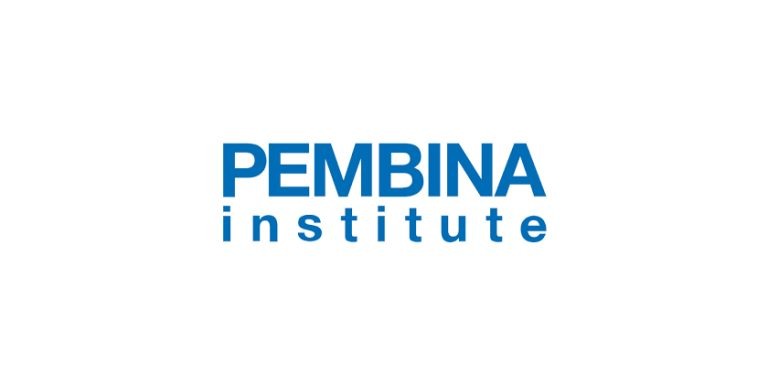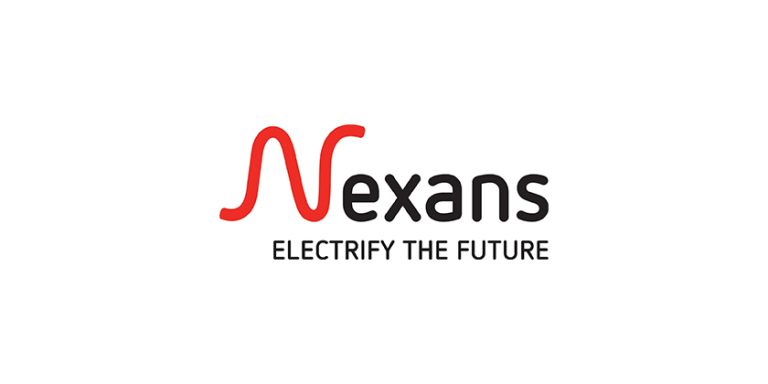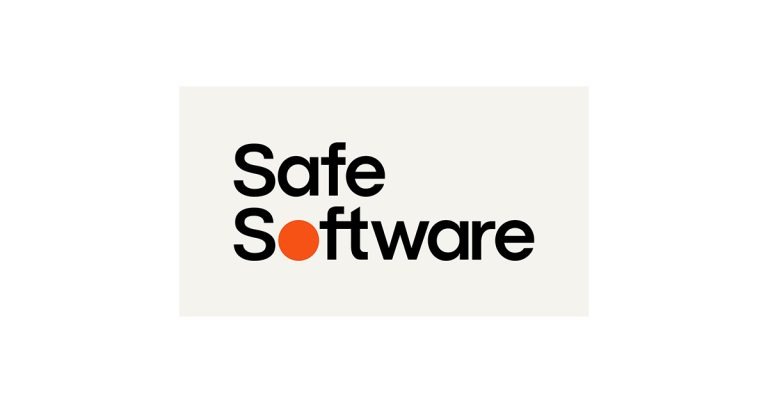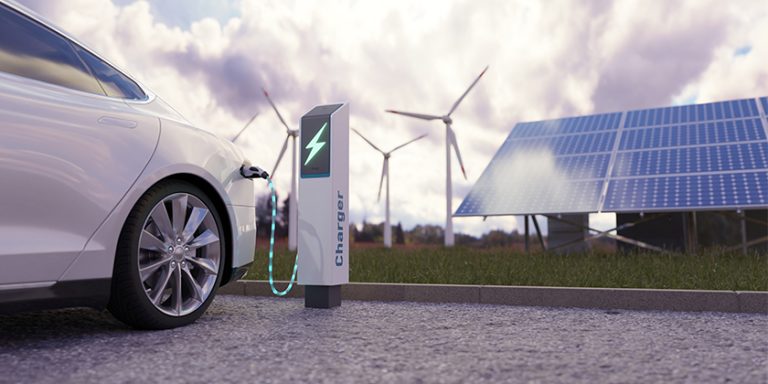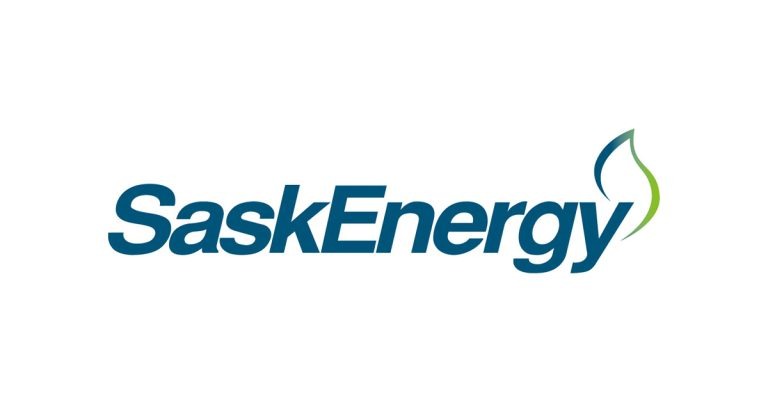New Modelling from Pembina Institute Signals Scale of Investments Needed to Relieve Home Energy Poverty
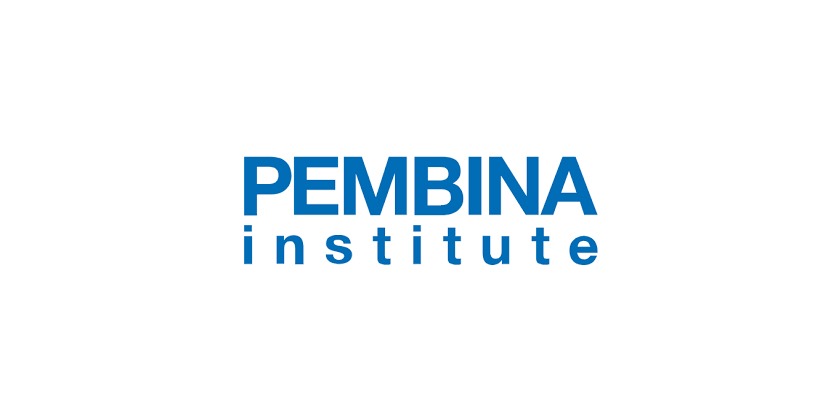
April 9, 2024
A new report from the Pembina Institute, Better Buildings for All: Relieving energy poverty through deep retrofits, calls for urgent investments in deep retrofits to alleviate energy poverty for low-income households.
The report, released today, calls on senior orders of federal and provincial governments and utilities to take decisive action against energy poverty, highlighting the need for an average annual investment of $2.8 billion from 2025 to 2050 to support retrofits for low-income households experiencing energy poverty.
While this report is based on modelling for zero cost retrofits for low-income households living with energy poverty, the funding gap outlined in our 2021 Canada’s Renovation Wave report still exists. The level of funding from federal, provincial, and utility sources has not been adequate to date and this recommended investment highlights what is required to retrofit low-income households, ensuring equitable access to the benefits of affordable and efficient energy solutions and home upgrades.
Approximately 20 per cent of households in Canada are experiencing energy poverty, and about half of those are also considered low-income. With energy poverty affecting communities across Canada, this report presents a critical window of opportunity for policymakers to create a more equitable and sustainable energy landscape, while building long-term resiliencefor vulnerable populations without access to capital.
More than ever, Canadian households face challenges in accessing the affordable energy necessary for their basic needs—such as heating, cooling, lighting, and cooking—due to rising energy costs during a housing and affordability crisis. Building retrofit programs have been identified as a key emissions reduction solution, but the broader benefits of high-performance homes, like relieving energy poverty and enhancing wellbeing and occupant comfort, have only recently been recognized. Home energy upgrades and retrofits are a unique opportunity to improve indoor air quality, thermal comfort and resilience to extreme weather events, while decreasing energy costs and improving overall occupant health and well-being.
Reduced heating needs mean reduced heat loss, making retrofitted homes more resilient to power outages. As average temperatures continue to rise, extreme weather events will increase in frequency and severity. Retrofitting homes to ensure they can properly protect occupants is crucial to the health, safety, and comfort of Canadians. In January and April of this year, the Alberta Electric System Operator issued grid alerts in response to the province’s energy consumption almost overwhelming the system’s capacity, highlighting the importance of having highly efficient and climate resilient homes.
The report demonstrates how the financial supports required for retrofits have not yet been equitably distributed or made accessible to all.The recommended investment goes beyond retrofitting homes and will result in an estimated $6.7 billion in GDP each year, creating 16,300 jobs. The $2.8 billion annual funding allocation sends a strong signal to industry supporting the growth of the retrofit supply chains and skilled labour.
Report recommendations
- An average federal, provincial and utility investment of $2.8 billion annually from 2025 to 2050 in retrofits for low-income households experiencing energy poverty.
- Retrofit program design deliveredthrough methods that remove homeowner or resident burdens and accommodate retrofit-over-time schedules.
- Collaboration and coordination between senior orders of government, with aligned goals and accountability.



